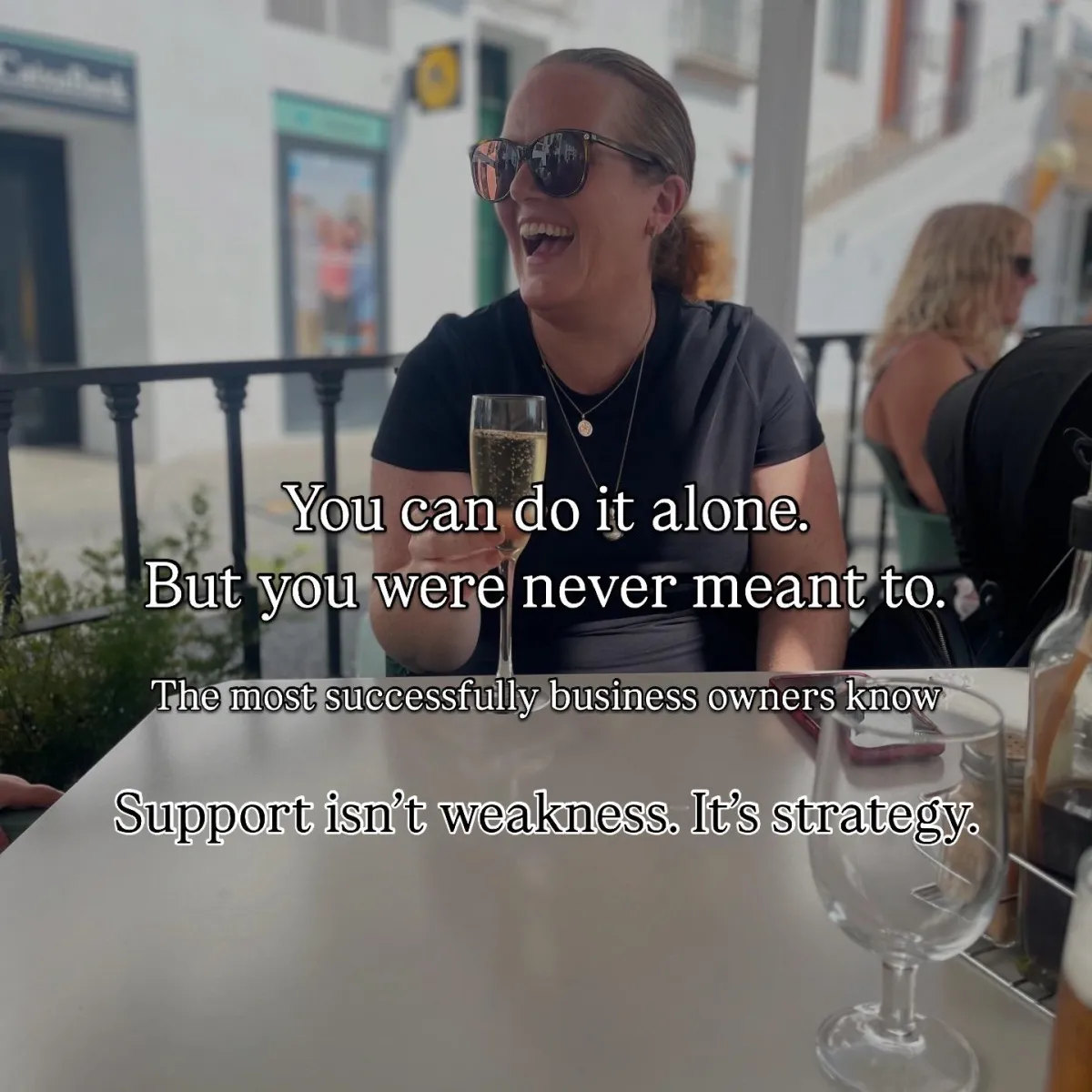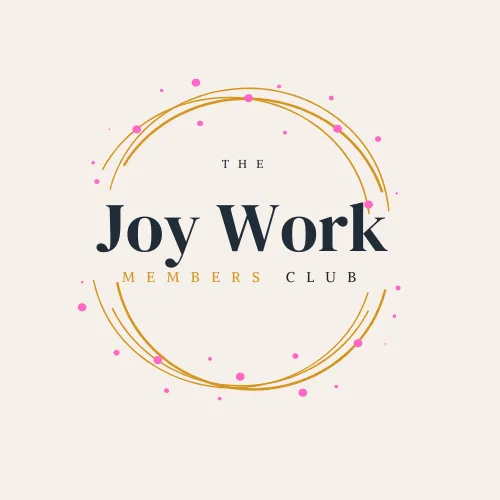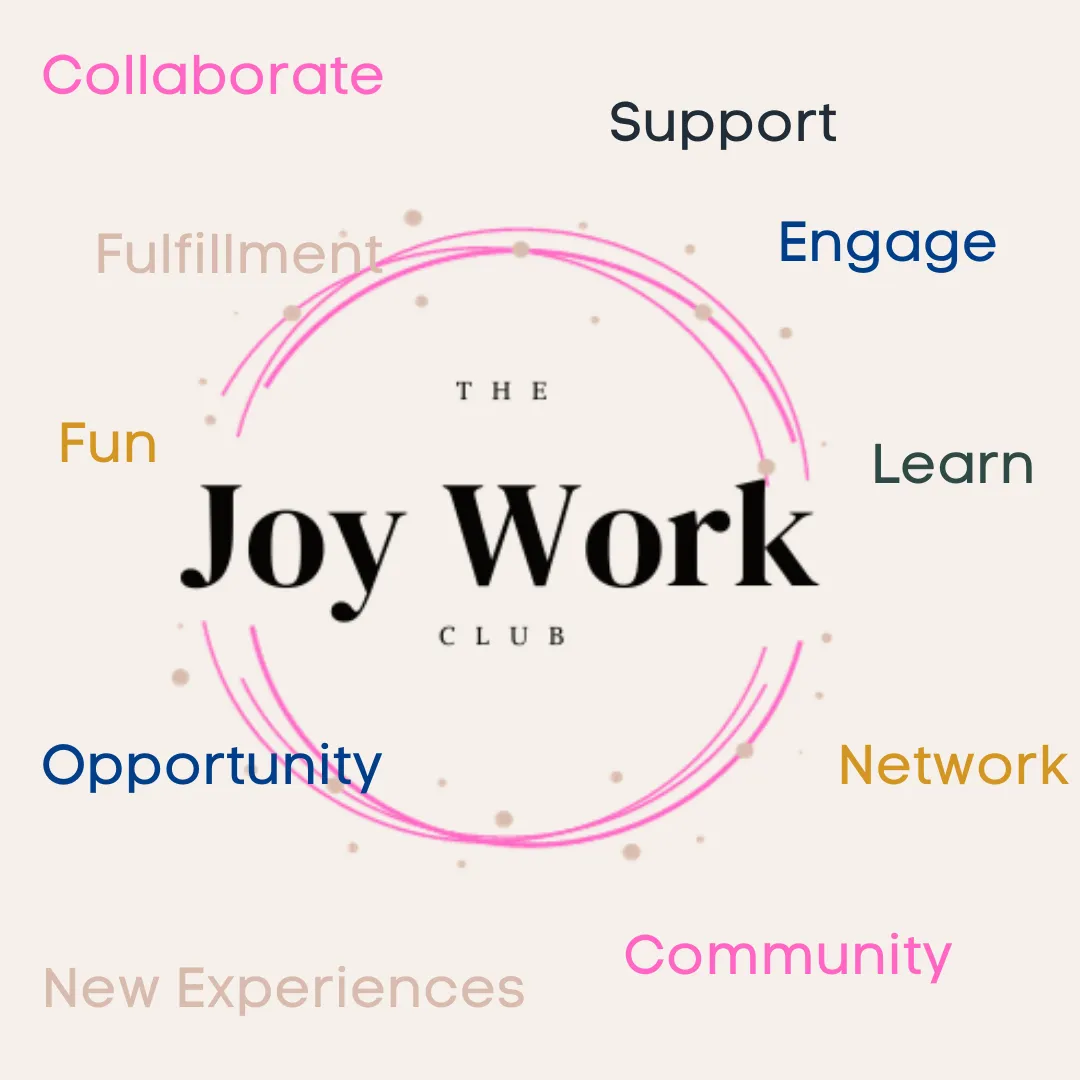Diane Taylor-Parker
Business strategist. Tough love cheerleader. Joy-led mentor.

BLOG

The Power of Rebounding: Why Success Belongs to Those Who Get Back Up
Failure is a guarantee. If you’re running a business, making decisions, taking risks, or even just living your life with any kind of ambition, failure will happen. The real difference between those who succeed and those who stay stuck isn’t about how much they fail—it’s about how well they rebound.
We spend so much time fearing failure that we forget to build our ability to recover. And that’s the real key. Not avoiding the fall, but strengthening the rebound.
Why Rebounding Matters More Than Avoiding Failure
The world loves a comeback story. We admire resilience, grit, and the ability to rise again, but when it’s our own failure? That’s when things get personal. It feels heavy, embarrassing, and sometimes even impossible to move past. But the truth is success isn’t about avoiding failure. It’s about how many times you can pick yourself up, dust yourself off, and go again (and again and again)
Look at some of the most successful people in history. Walt Disney was fired from a newspaper for ‘lacking imagination.’ Oprah was told she wasn’t fit for television. These stories aren’t about never failing; they’re about rebounding harder every single time.
The Art of the Rebound: How to Recover from Setbacks
Rebounding is a skill, and like any skill, it can be developed. Here’s how:
1. Feel It, But Don’t Dwell
When failure hits, let yourself feel the disappointment. Ignoring it or pretending it doesn’t matter doesn’t build resilience—it just delays the eventual impact. But the key is to not stay there. Set a time limit for your disappointment. Give yourself 24 hours, a weekend, or a week (depending on the scale of the setback), and then move on.
2. Look for the Lesson
Every failure has a lesson. Sometimes, it’s all consuming and crushing, but there’s always something to learn. Did you miss a crucial detail? Did you ignore a red flag? Were you playing too small or too safe? The faster you can extract the lesson, the easier it is to rebound and make sure you don’t repeat the same mistake. That lesson will keep be presenting to you over and over again until you see it, feel it and learn it.
3. Reframe Your Mindset
Instead of seeing failure as the end, reframe it as feedback. It’s not proof that you’re incapable—it’s data. If something didn’t work, that just means you’ve gathered information on what doesn’t work. Every successful entrepreneur, athlete, and creator has a history of missteps behind them. The only difference is they didn’t let those failures define them, or stop them.
4. Take Immediate Action
Nothing kills momentum like overthinking. After a setback, the best thing you can do is take action—even if it’s small. Send another pitch, tweak your strategy, get feedback, or simply start fresh. Action fuels momentum, and momentum is what leads to your next success.
5. Build a Rebound Ritual
Create a system for how you deal with failure. Maybe it’s a quick reflection exercise, a walk to clear your head, journaling, or a conversation with a mentor. The goal is to have a process that helps you move through failure instead of getting stuck in it. Quite often a good dance to a power song can shake the failure far enough away from me, to move on.
6. Surround Yourself with the Right People
Rebounding is easier when you have a strong support system. Find people who understand the journey, who will give you tough love when needed but also remind you that failure isn’t final. Business owners, creatives, and leaders who thrive have communities that help them navigate the inevitable ups and downs.
Why Your Success is Measured by Your Rebounds, Not Your Failures
We often count our failures, keeping a mental list of every mistake and misstep. But what if we stopped measuring failure and started measuring rebounds? What if, instead of tallying every loss, we counted every time we got back up?
Because that’s the real mark of success.
The entrepreneur who keeps pitching despite rejection.
The writer who keeps submitting despite refusals.
The business owner who launches again, even after a flop.
Your ability to rebound is what determines your long-term success, not the number of times you fail. The faster you recover, the faster you can succeed. The stronger your rebound, the stronger your results.
So the next time you hit a wall, don’t waste time tallying up your losses. Instead, focus on one thing: How quickly can you get back up?
That’s what will make all the difference.
The Podcast
The Joy Work Show -
The Latest Episode
Welcome to The Joy Work Show - the podcast that goes beyond the surface of business right to the heart to explore the real joy and stories behind success - not just the moments of celebration, but the challenges that paved the way for them.
Each week we invite business owners to share their journey through our show and tell - they will reveal
something they love that transformed their work or their life, a book or person that shaped their path
something they think the world could do without - the joy killer.
Together we will explore how joy shows up in unexpected places.

Want More Joy in Your Inbox?
The Joy Journal is my weekly newsletter packed with honest insights, sharp strategy, and a sprinkle of my life and Joy.
No spam. Just real life and tips that helps you move your business forward.
Copyright 2025. All Rights Reserved. Privacy Policy










